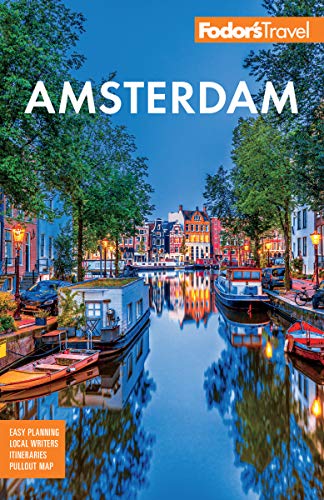With its wide boulevards, parks, and elegant 19th-century architecture, the Plantage, only a short walk from Waterlooplein (follow the tram tracks), feels gracious and spacious. The neighborhood's roots stretch back to the 17th century, when the area was divided into 15 parks and it was a recreational zone for the wealthy. Top draws here are the Artis Zoo and its eclectic aquarium, built in 1882 with Neoclassical and Romanesque features. Opposite the zoo is the marvelous Verzetsmuseum (Resistance Museum). There are poignant reminders here of the fact that from the late 19th century up to the World War II, this was a neighborhood for wealthier Jewish families: in little Wertheimpark is the Auschwitz Memorial with its engraved message, "Nooit Meer" (Never Again), and down the road is the Hollandsche Schouwburg, a theater that the German occupiers used to gather Jews before they were sent to their deaths. Between 1941 and 1944, 107,000 Jews were deported from the Netherlands; 5,200 survived, according to the NIOD (Institute for War, Holocaust and Genocide Studies). North of the Plantage, around Waterlooplein, is the former Jewish Quarter, with the still-functional Portuguese Synagogue and the four former synagogues that are now the Jewish Historical Museum.

- Photo: © Zach Nelson / Fodors Travel
- Photo: © Zach Nelson / Fodor’s Travel
Plantage
Explore Plantage
Plan Your Next Trip
-
Things To Do





